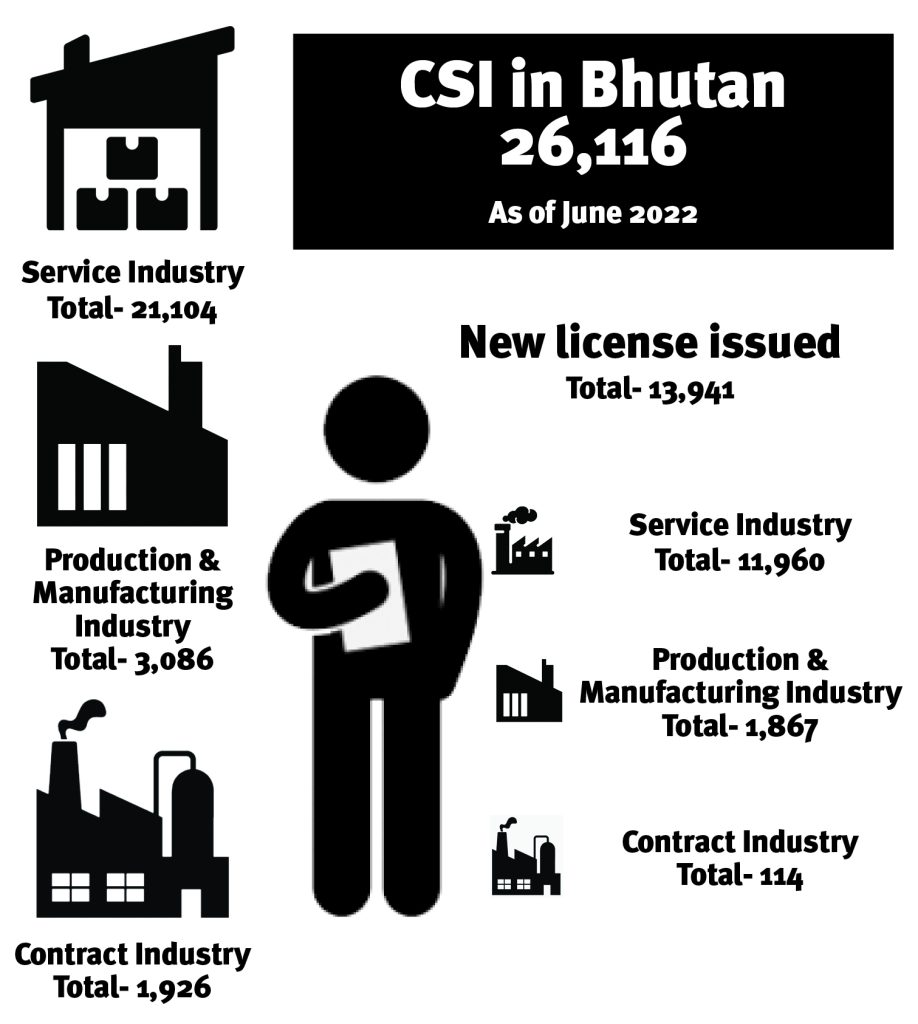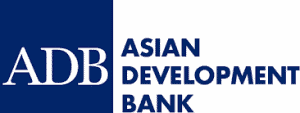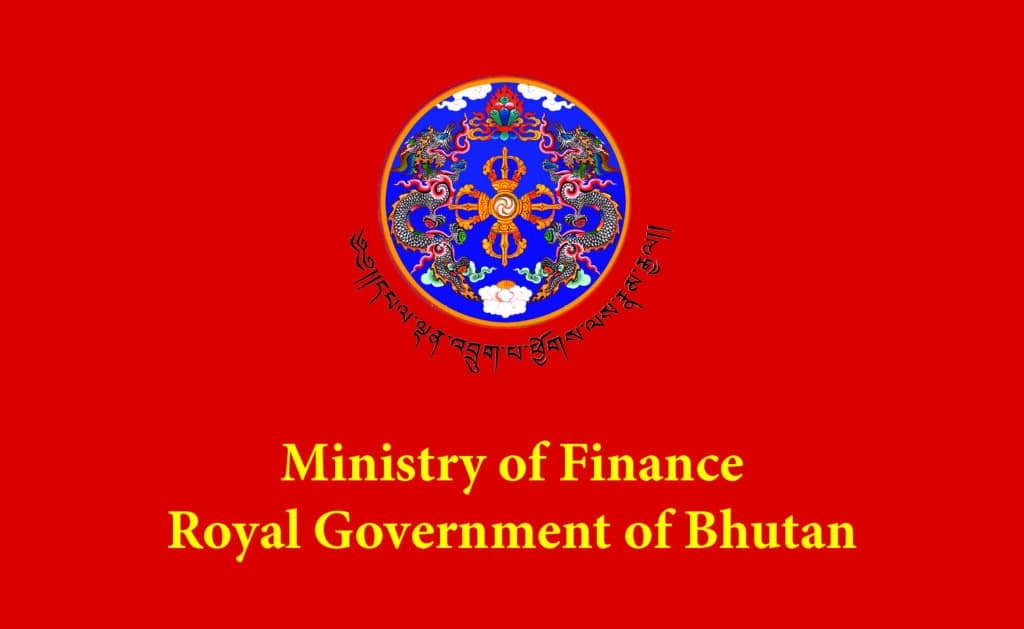About 13,941 new licenses and registration certificate were issued by the department of cottage and small industry
According to the Department of Cottage and Small Industry (DCSI), Ministry of Economic Affairs (MoEA), considering the fact that more than 95% of the industries in the country are small and cottage scale, the royal government of Bhutan created the DCSI to spearhead the development of cottage and small industry (CSI) in the country.
Tandy Wangchuk, President of Bhutan Chamber and Commerce Industry (BCCI) said in an earlier interview that more than 90% of the industry in the country falls under CSI. Similarly, according to DCSI, there are about 26,116 CSI, while there are only about 1,174 large and medium industries as of June 2022.
The president said that the cottage and small industry are those who run a small Momo stalls in the market, while even a small pan shop, barber shop, beauty parlour shop, amongst others. “CSI is everywhere in the country and by the data; currently it has the highest number as compared to large scale industry.”
However, the numbers do not justify the economic potentials of CSIs, which are confronted by challenges. CSI constitutes a huge percent of the total industries in the country but contributes less than five percent to the gross domestic product (GDP). But it has the potential to contribute up to 20 percent and could substitute imports.
In 2020, prioritising the new trend-CSI for economic diversification, the government rolled out the Start-up and CSI flagship programme, where Prime Minister Dr Lotay Tshering signed the Annual Performance Agreement (APA) with economic affairs minister to generate 25 new CSIs and 500 jobs. The number of CSI in 2022 has increased by 4,895. In 2021 there were only 21,221 CSI in the country, according to DCSI.
Meanwhile, CSIs have a heavy mandate. The industry has greater socio economic roles-driving innovation and investment, diversifying economic base, creating employment opportunities, curbing rural-urban migration, reducing poverty, and potential to contribute towards economic self-reliance. The government then allotted a total of Nu 1.2bn for the flagship.
Industry in Bhutan is categorized into three sectors, namely production and manufacturing industry, service industry and contract industry, which, the country’s CSI is largely dominated by the service industry and production and manufacturing industry.
For instance, according to the DCSI, MoEA, currently as per the data till June 2022, there are about 21,104 service industry followed by production and manufacturing industry with 3,086 and contract industry with 1,926.
According to the statistical year book of Bhutan 2022, National Statistics Bureau (NSB), DCSI has issued about 11,960 new licenses and Registration Certificate (RC) under service industry, followed by production and manufacturing industry with 1.867 new licenses and RC, while only 114 new licenses and RC were issued in contract industry. In total, 13,941 new licenses were issued by DCSI as of June 2022.
For production and manufacturing industry, there are about 1211 forest based industry, followed by 953 agro based industry and mineral based industry with 212 and 710 in other production and manufacturing industry.
Similarly, DCSI states that most of the CSI is sole proprietorship with 25,502 CSI, followed by 294 CSI owned by company ownership, 259 CSI is owned by a partnership ownership and only 61 is owned by other CSI.
Further, according to the Department of Regulation and Supervision, RMA, about 2.81bn loans were provided to micro industry, and Nu about 3.99bn to cottage industry, followed by 15.23bn loan was provided to small industry by the financial institutions (FIs) as of June 2022. As of medium industry and large industry, the loan provided by FIs is about Nu 38.79bn and Nu 40.19bn respectively.
The NSB report 2022 states that small industry are those industry who invested Nu 1mn to Nu 10mn with five to 19 people employed, while, cottage industry are those industry with less than Nu 1mn and about 0ne to four employed people.
Similarly, large scale industry are those industry who invested more than Nu 100mn with more than 100 employees and large scale industry are those who invested more than Nu 10mn to Nu 100mn with 20 to 99 employees.
While production and manufacturing industry is the physical or chemical transformation of material and components into new products whether the products are sold at wholesale or retail including licensed enterprises such as Furniture units, Nursery, Audio Visual production, vegetables and chips production unit, Home processed food, amongst others, according to the statistical year book of Bhutan 2022, NSB.
Similarly, service industry covers all the activities where labour is the main input and the activity is geared towards meeting the direct needs of the consumers and clients. The service industry includes tailoring, activities of travel agencies, tour operators, tourist assistance activities, bar, barber and beauty parlour amongst others.
Sherab Dorji from Thimphu














